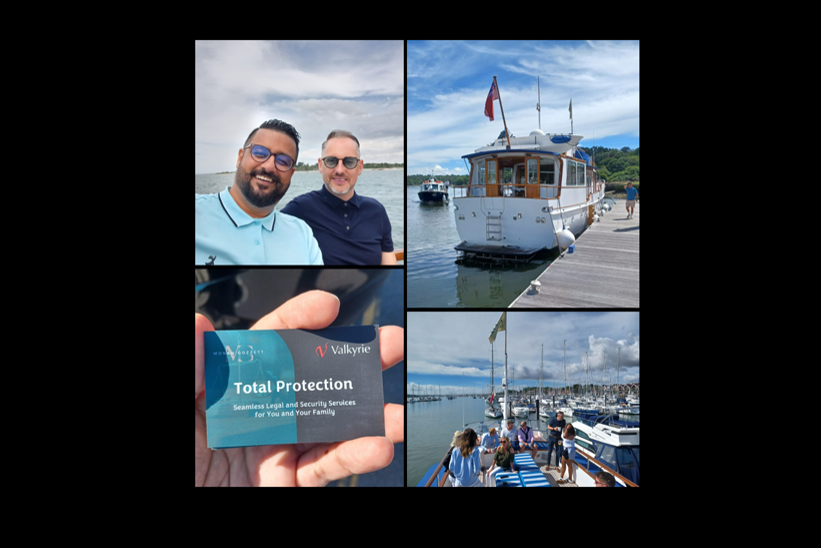The online realm presents a wealth of opportunities to learn, connect with family, friends, and have fun. While it offers many positives, the negative consequences of such reliance on the internet and electronic communications cannot be ignored. In many cases, technology has exposed us to vulnerabilities that were unheard of twenty years ago, a situation exacerbated by the anonymous nature of the online sphere. Online harassment, cyberbullying, sextortion, and cyberstalking – rates of which are all increasing – are just a few of the threats that can have costly, even tragic, consequences, especially among children and teens who are particularly vulnerable. Protecting children necessitates an open line of communication to raise awareness of the dangers and how to safeguard against them.
Statistics underscore the pervasive nature of online risks among children. Research indicates that approximately 90% of children aged over eight engage in internet activities, while a staggering 72% have encountered at least one form of cyber threat. A survey conducted by Suzy Lamplugh Trust among individuals aged 16-24 in March 2023 revealed alarming figures: 77% reported experiencing stalking, with a significant 84% of these instances occurring online. Moreover, FBI statistics for the year 2022 disclosed over 7,000 reports relating to the online sextortion of minors, a number that is likely an underestimate given the prevalent issue of underreporting. This is true across all online risks, with perpetrators preying off victims’ fear to avoid accountability, meaning we may only be scratching the surface of the problem.
Beyond these threats, we should also consider the reputational issues associated with online behaviour. Children sharing thoughts and views that may come back to haunt them or their family, impacting career and education choices. They may also unwittingly expose their families to internet threats, for example, by accidentally downloading malware allowing cybercriminals access to their parents’ private information.
The results show that the protection of today’s youth in cyberspace by providers is falling short. Valkyrie has outlined some key actions for parents:
- Foster discussions about online safety and risks.
- Establish digital rules and cybersecurity guidelines in collaboration with your children.
- Enhance the privacy & security settings on social media accounts and be selective about what you share.
- Encourage your children to report suspicious behaviour and speak up if they have any concerns, however embarrassing it may be.
Despite these measures, challenges will remain. Some parents may struggle with enforcement, while others may lack technological expertise and awareness. It’s essential to provide support and resources to overcome these obstacles.
Safeguarding children in the digital age requires concerted efforts from parents, educators, and policymakers. By taking proactive steps and fostering open communication, we can mitigate the risks and create a safer online environment.
Article in Absolutely Magazine (May 2024 London edition – page 169):














